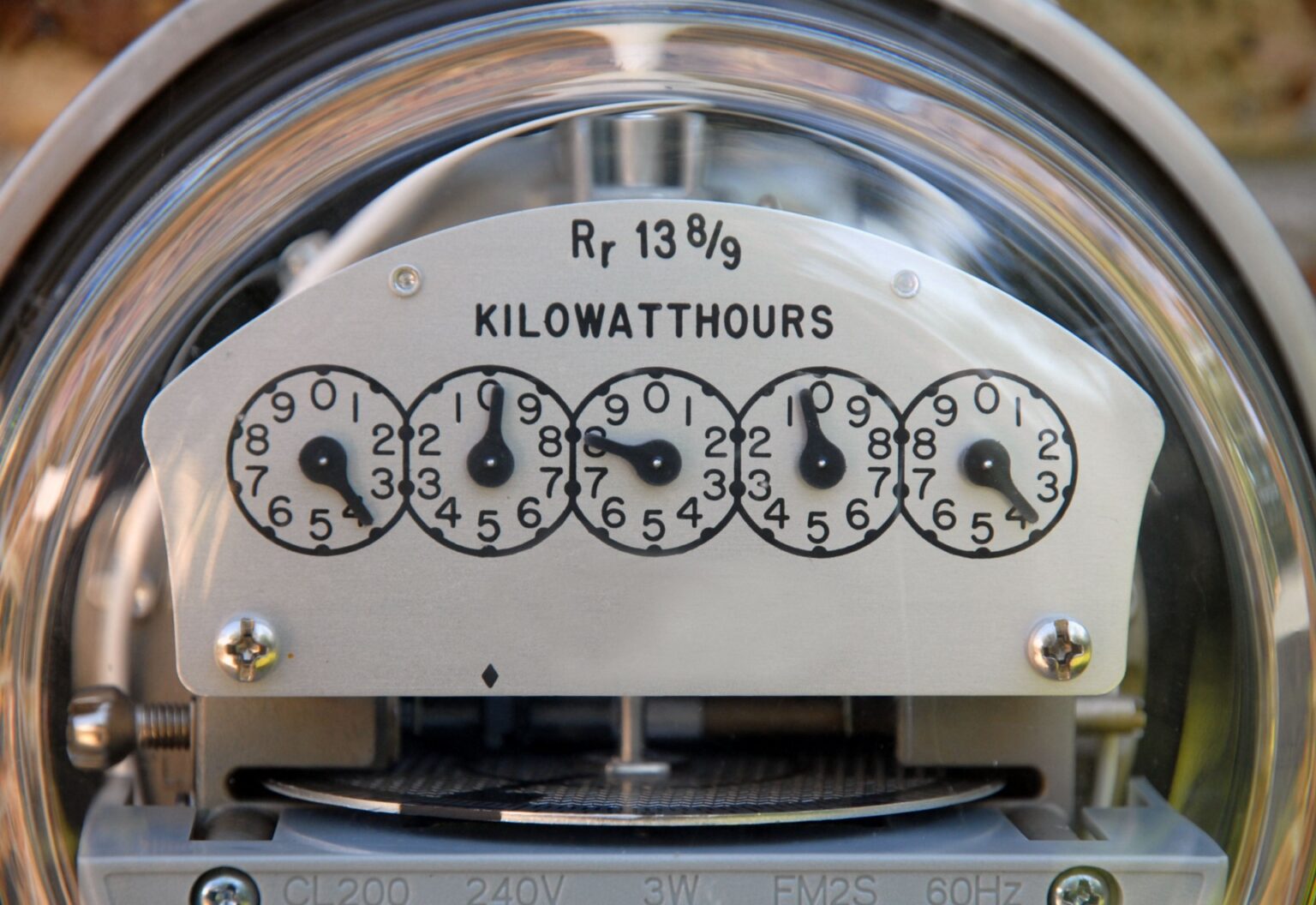It’s a lot of work keeping up with all of the utilities making changes to their rates. Now that we’re tracking utility rates in over 30 states and 100 utility territories, we’re developing a good feel for the frequency at which utilities make changes. In addition to the sheer volume of changes being made, we’re also gaining some interesting insights for the different types of rate changes and the effect they have on customers.
Many of the rate schedule changes utilities are implementing today are leading to what we call a ‘winners-and-losers-effect’. This is basically when a rate change directly benefits one customer and hurts another. How a specific customer is affected by a rate change like this needs to be interpreted individually. Often times it requires software.
SCE rate changes
To illustrate my point, I’m going to overview a few rate tariff changes going into effect in the Southern California Edison (SCE) service territory. On the residential side, SCE is aggressively flattening out (reducing the difference between the top and bottom tier) their default residential rate “Schedule D”. High usage customers benefit (their utility bills go down), whereas low usage customers’ bills go up. The exact opposite is true if the customer has solar: high usage customers have reduced dollar savings, while low usage solar customers would see increased dollar savings. I wrote a blog a while back on the California Solar Energy Industries Association (CALSEIA) website that explains the effect of flatter residential rate design on solar project economics in more detail.
Many of the rate schedule changes utilities are implementing today are leading to what we call a ‘winners-and-losers-effect’. This is basically when a rate change directly benefits one customer and hurts another.
But that’s not all for residential. On January 1st SCE opened a new residential time-of-use (TOU) rate “Schedule TOU-D”, which defines the “on-peak” period two hours later in the day (from 2pm to 8 pm on weekdays) compared to the existing TOU “Schedule TOU-D-T”. Both rate schedules remain open, so now SCE homeowners have two different TOU options to choose from, in addition to the tiered rate “Schedule D”. Which option a particular homeowner is best off on depends on how much they use, and when they use.
On the non-residential side, commercial & industrial (C&I) solar developers in the SCE territory got good news to start the year when the California Public Utilities Commission (CPUC) approved a long-awaited settlement that raised the cap on SCE’s “Option-R” solar-friendly rate tariff. What makes the Option-R rate more solar-friendly is the fact that it has significantly reduced (kW based) demand charges, which are recovered instead via (kWh based) energy charges. In most instances C&I solar customers are better off the Option-R, but not all.
Making sense of it all
All of these SCE rate change examples affect customers differently and uniquely. Making sense of the change in dollars, and/or the best rate option for that customer will likely require good software. Ideally we think that software should be accurate, objective and transparent (but we’re a bit biased, because that’s the product we’ve created, and our guiding principles:-o).
Rate changes like these are happening all over the country. Whether its flatter tiers, shifting time-of-use periods, or a new solar-friendly rate option; the effect for a customer needs to be calculated and individually. Accurately interpreting rate changes is the key. This applies whether the customer has solar, doesn’t have solar, or is considering going solar. We think that as we continue transitioning into an era of combined technology systems (i.e. solar and energy storage + efficiency) accurately making sense of rate changes will only get more complex.

